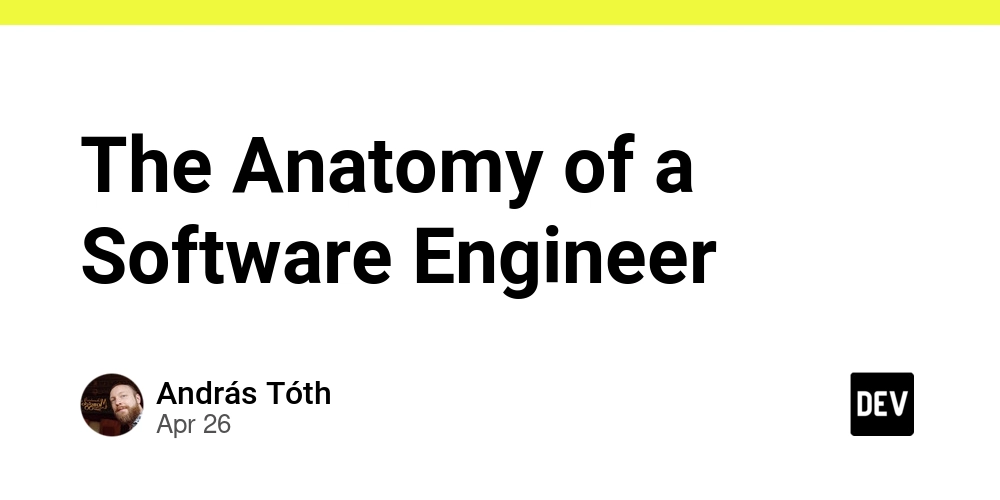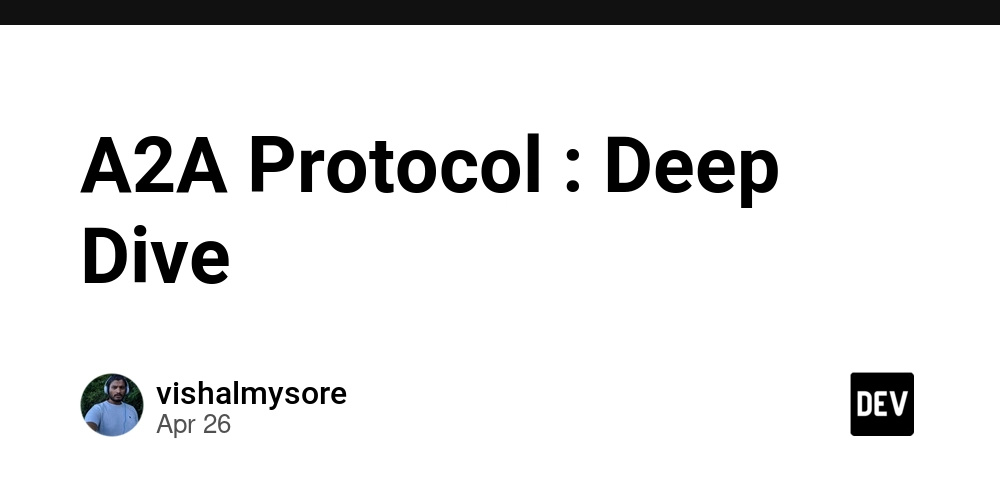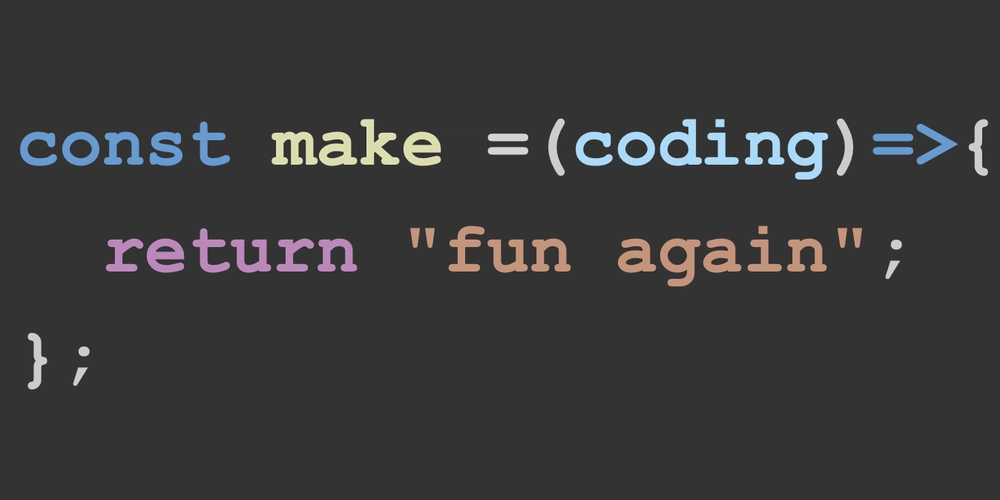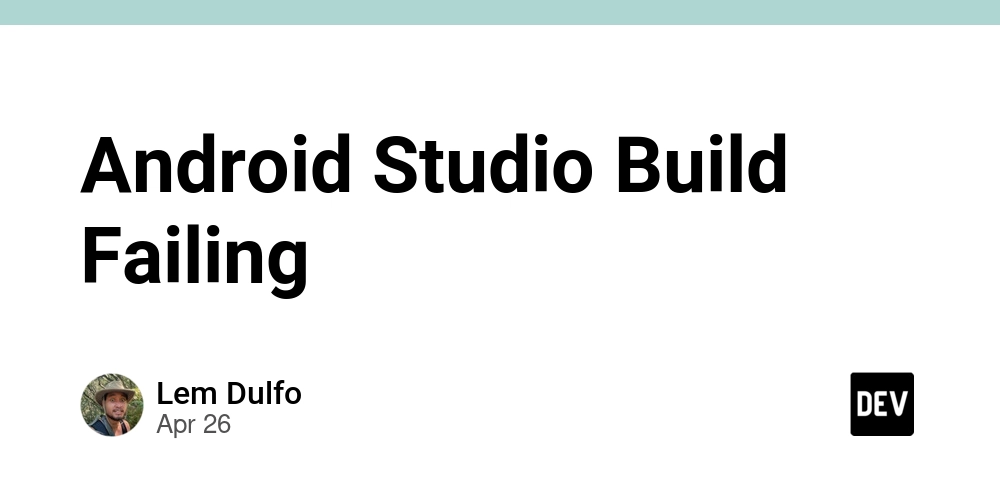
Building Your Own Open Source CSS Framework: A Reality Check
Want to dive into the world of open source and build your own CSS framework? Many developers are drawn to the idea of creating something from scratch, a tool perfectly tailored to their needs. One developer shares his experience creating "stratum," a CSS framework, and the lessons learned along the way. This is a story of ambition, scope management, and a newfound respect for open-source maintainers.
The Allure of Creation: Why Build a CSS Framework?
The initial spark often comes from a desire for customization and control. Using existing frameworks like Skeleton can feel limiting. The idea of crafting your own CSS framework, perfectly aligned with your aesthetic and project requirements, is undeniably appealing. It's a chance to solve your unique design and styling challenges, and potentially share your solution with others.
The Fun Part: Initial Vision and Scope
The initial vision for stratum was exciting: strip down a preferred framework, add custom styles, and perhaps even develop Svelte components. The plan included learning new skills and building a small community around the project. However, the reality of executing these ideas proved to be far more complex than initially imagined.
Learning Curve: Diving Deep into the Details
Creating a robust CSS framework demands a broad understanding of various technologies and best practices. This developer realized he had to tackle:
- Monorepos: Mastering the setup and management of monorepos for efficient project organization.
- Tailwind CSS: Creating custom utilities and understanding its inner workings.
- Cross-browser compatibility: Ensuring consistent styling across different browsers and versions.
- Accessibility (A11y): Building inclusive and accessible Svelte components.
This phase was challenging yet rewarding, filled with demystifying complex concepts. However, the sheer volume of information and tasks quickly became overwhelming.
Scaling Down: Realizing the Scope
A crucial turning point arrived when the developer recognized the need to scale down the project's scope. The initial plan was too ambitious for a single developer with limited time. To bring the project to completion, drastic measures were taken:
- Dropping the development of custom Svelte components.
- Removing already created features and sub-projects.
This ruthless prioritization, while disappointing, was essential to make the project manageable. This step is critical for solo developers considering creating their own CSS library.
The Hidden Workload: Beyond the Code
Releasing version 0.1.0 felt like a major accomplishment, but the developer quickly realized that coding was just one piece of the puzzle and one of the reasons many don't maintain your own CSS library. Essential, yet often overlooked tasks included:
- Automating version bumping and changelog generation: Streamlining the release process.
- Community management: Deciding whether to foster a community, handle contributions, and manage issues.
- Marketing and promotion: Raising awareness through platforms like Discord, YouTube, and targeted advertising.
- Maintenance and documentation: Creating migration guides and comprehensive documentation for future updates.
The realization of this immense workload led to a difficult decision: limiting stratum to a personal CSS framework.
Lessons Learned: Key Takeaways for Future Projects
While the initial vision for stratum didn't fully materialize, the experience provided valuable lessons for future open-source endeavors:
- Collaboration is Key: Involving other developers early on can provide invaluable feedback, share the workload, and increase the project's chances of success.
- Realistic Scoping: Accurately assessing the available time and resources is crucial for setting achievable goals. Start small and iterate.
A Renewed Appreciation for Open Source Maintainers
This journey into building a CSS framework instilled a deep respect for open-source maintainers. Their dedication, often unfunded, is essential for the software ecosystem. The developer vowed to support these projects through donations, acknowledging the immense value they provide to the community.
Even though stratum became a personal project, the experience was invaluable. The developer gained new skills, a personal CSS styling tool, and a profound understanding of the challenges and rewards of open-source development.























